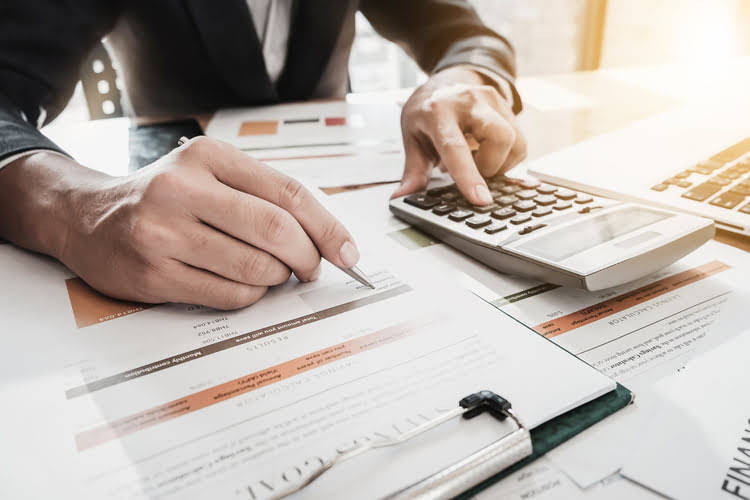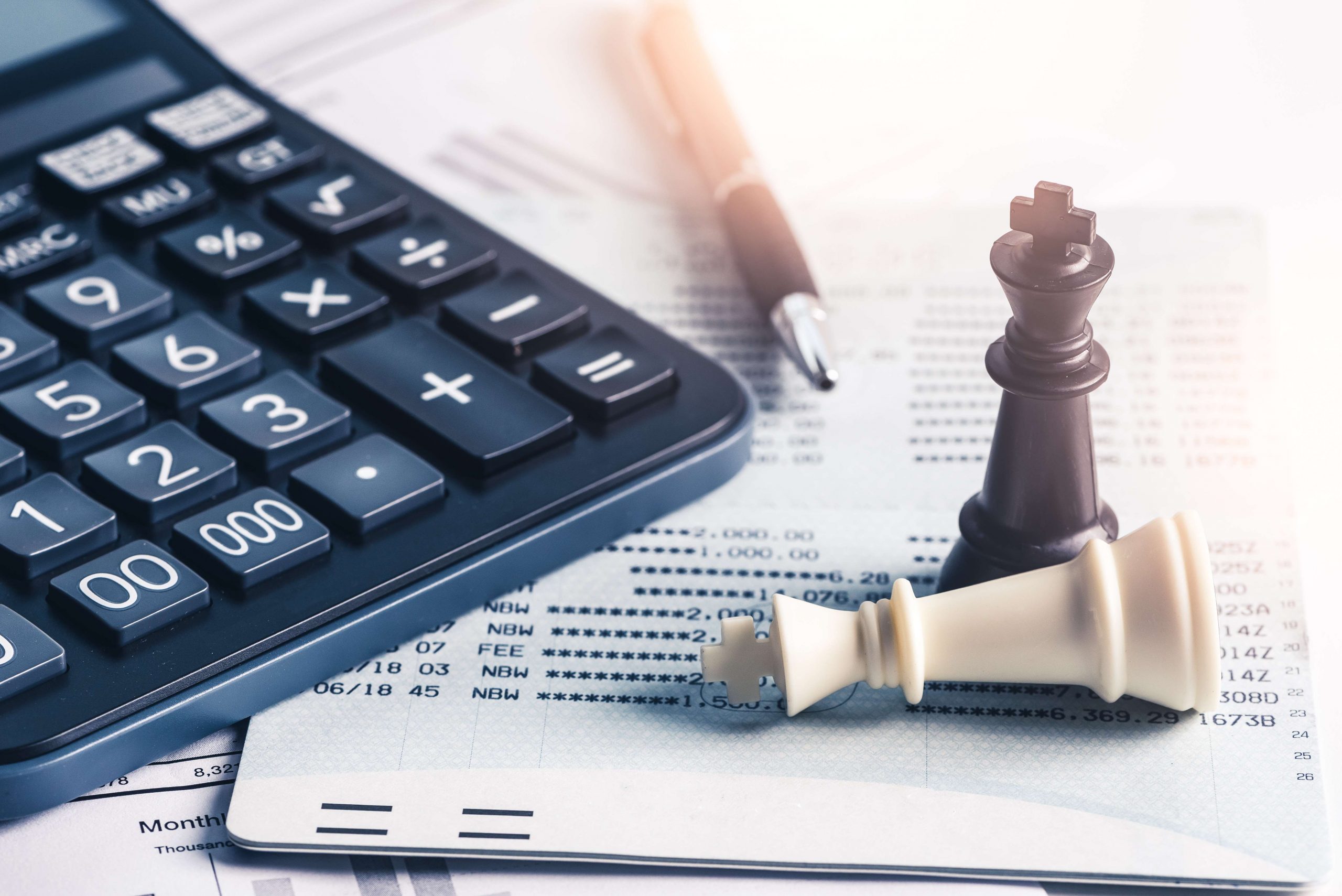Content

If a patent application is denied, then the costs will be expensed at that time. First, there are patents; patents grant the owner exclusive privileges to production over a long-term period of time. What this essentially means is the difference represents how much the buyer is willing to pay for the business as a whole, over and above the value of its individual assets alone. For example, if XYZ Company paid $50 million to acquire a sporting goods business and $10 million was the value of its assets net of liabilities, then $40 million would be goodwill. Companies can only have goodwill on their balance sheets if they have acquired another business.

The annual depreciation expense on a straight-line basis is the $32,000 cost basis minus the expected salvage value—in this case, $4,000—divided by eight years. The annual deprecation for the truck would be $3,500 per year, or ($32,000 – $4,000) / 8. For accounting purposes, there are six amortization methods—straight line, declining balance, annuity, bullet, balloon, and negative amortization. The owner of the patent gradually charges the cost of the patent to expense over the useful life of the patent, usually using the straight-line amortization method.
Free Amortization Work Sheet
This derives from the fact that more intangible assets have indefinite useful lives than physical assets. As you amortize the patent with this journal entry each accounting period, the patent’s initial cost on the balance sheet gradually decreases and reaches its residual value at the end of its life. Pursuant to the INDOPCO regulations, R must capitalize the $120,000, because the payment to defend or perfect title to intangible property is a category 2 intangible asset. As in Example 6, R should amortize the capitalized amount ($120,000) over the patent’s legal or useful life , whichever is shorter. This two-part article provides an overview of cost recovery for intangible asset expenditures. Part II covers the income- forecast and units-of-production methods, computer software, transaction costs and Sec. 195 deductions.
- Record the initial patent cost on the company’s general ledger as an asset.
- Once it appears the contract is renewable or extendable without substantial cost or modification, a useful life longer than the contract term is a defensible option for the company.
- Thus, the shorter of a patent’s useful life and its legal life should be used for the amortization period.
- You must amortize these costs if you own Section 197 intangibles in connection with your trade or business or in an activity engaged in for the production of income.
CPAs now must decide whether the benefits the asset provides will continue indefinitely. If they will, the asset has an indefinite useful life and the company should not amortize it. If for some reason the asset’s life stretches beyond its legal term but is not indefinite, calculate a best estimate of that useful life. Calculating amortization for accounting purposes is generally straightforward, although it can be tricky to determine which intangible assets to amortize and then calculate their correct amortizable value. For tax purposes, amortization can result in significant differences between a company’s book income and its taxable income.
Accounting
As long as an asset is in use, you can reduce the tax to be paid. Below is the Google Inc purchase price allocation of all the acquisitions taken from its 10-K Report. Another case is when there comes an excess of the expenses in terms of the patent, maybe because of a break in terms of a third party. To determine the amount for the patent, simply take the amount required to purchase the patent. Then divide it by the number of years used for (in this case $100,000/yr).
Tangible assets are expensed using depreciation, and intangible assets are expensed through amortization. Depreciation generally includes a salvage value for the physical asset—the value that the asset can be sold for at the end of its useful life.
For example, would a contract that provides a buyer rights for five years have an indefinite life? Perhaps, depending on how the contract stacks up against the criteria in Statement no. 142. The income-forecast method may be used to calculate cost recovery on copyrights, books, patents, motion picture films, theatrical productions, videotapes, sound recordings and similar property, under Sec. 167. The following examples, dealing with patents, provide a good overview of the cost recovery possibilities for such assets.
Amortization is recorded in the financial statements of an entity as a reduction in the carrying value of the intangible asset in the balance sheet and as an expense in the income statement. Amortization of intangible assets can be used for two purposes, the first one being for accounting purposes and the second one being for tax deferment purposes. The main difference between amortization and depreciation is that the prior is used in the case of intangible assets, and the other one is used in the case of tangible assets. For example, Burger King wants to patent a new breakfast pancake sandwich called the “flopper”. Burger King wishes to purchase a patent on the sandwich for $500,000.
Part 2 Of 3:calculating Amortization On Patents
You must amortize these costs if you own Section 197 intangibles in connection with your trade or business or in an activity engaged in for the production of income. A patent is a type of intangible asset that gives a business the legal right to make and sell a product exclusively for a fixed period of time.
Physical assets are deducted using a process called depreciation. QuickBooks Online is the browser-based version of the popular desktop accounting application. It has extensive reporting functions, multi-user plans and an intuitive interface. The company will use the straight-line method to report the amortization of the software. Be the first to know when the JofA publishes breaking news about tax, financial reporting, auditing, or other topics. Select to receive all alerts or just ones for the topic that interest you most. The amortization method should reflect the pattern in which the company uses up the benefits the asset provides, with the straight-line method the default choice.
Why Is Depreciation Estimated?
To continue the previous example, if the patent cost $25,000 and had an amortization period of 10 years, the annual expense would be $2,500. You must use depreciation to allocate the cost of tangible items over time. Likewise, you must use amortization to spread the cost of an intangible asset out in your books. So to find an amortization expense, simply divide the asset’s value by its lifespan. Before learning how to account for intangible assets, you need to understand what intangible assets are.
Calculating patent amortization expenses for tax season…#InventorProblems
— Nate Ball (@natebeatbox) April 4, 2016
Thus, proof of a company’s goodwill is its ability to generate superior earnings or income. They must be expenses that are deducted as business expenses if incurred by an existing active business and must be incurred before the active business begins. According to IRS guidelines, initial startup costs must be amortized. You debit your amortization expense account because it is an expense. You credit your intangible asset account because it is an asset. However, you amortize intangible assets and depreciate tangible assets. Labeling amortization as the depreciation of intangible assets is incorrect.
Business Checking Accounts
When a long-term asset is purchased, it should be capitalized instead of being expensed in the accounting period it is purchased in. The processes of depreciating and amortizingare basically the same.

In this lesson, you will learn how to account for interest-bearing and non-interest bearing notes. We will walk through the journal entries as we try and decide which bank, First National Bank or Ordinary Bank, we wish to borrow money from to start a food truck business. There are some limited exceptions to this rule that allow privately held businesses to amortize goodwill over a 10 year period.
Debit The Patent’s Total Cost In A Journal Entry
If a patent no longer provides value, or a reduced level of value, recognize patent amortization an impairment to reduce or eliminate the carrying amount of the asset.
The best indicator of whether a company will renew a contract or do so without material modification is the company’s history of renewals/extensions of this or similar contracts. If this information is not available, the history of other companies in the same circumstances can be useful. IF A CONTRACT IS SILENT ON RENEWAL POSSIBILITIES, CPAs should consider the company’s history on this or similar contracts. If this type of contract is new to the company, information from other companies in the same industry that have successfully renewed similar agreements may be a useful benchmark. Subtract the residual value you expect the patent to have at the end of its useful life from its cost. In this example, assume you estimate that the patent will be worth $2,000 at the end of its useful life. A binding written contract if the transaction does not need the authorization or approval of the taxpayer’s board of directors or governing officials.
Depreciation is used for fixed tangible assets such as machinery, while amortization is applied to intangible assets, such as copyrights, patents and customer lists. Record the amount of amortization on the company’s balance sheet. A line item will exist on the balance sheet for intangible assets. Patents allow inventors the exclusive rights to produce and sell their new inventions, as long as it is new, not obvious, and useful.
If software development qualifies as “research and development,” the cost is either deducted currently or amortized over five years, under Sec. 174 and . If N exercises the option, its basis in the land would be $735,000 ($700,000 + $35,000). The option’s cost is recovered when N sells, or otherwise disposes of, the property.
Because of the new perspective on the contract, the value of the asset on the balance sheet may be higher than its fair value, particularly since it previously had not been amortized. Similarly, if the same intangible asset is suddenly impaired, the asset’s indefinite life should be carefully reevaluated. Since the fair value has declined, the foreseeable period of benefit from the asset now is limited. In this case the company would assign the asset a finite useful life and amortize it henceforth. 24 Category 5 transaction costs are amounts paid or incurred to facilitate the acquisition or creation of category 1–4 intangible assets.
If, within 12 months, N sells the option for, say, $40,000, it would have a $5,000 gain ($40,000 – $35,000). The cost of the option is recovered when N’s taxable gain is reduced by $35,000. Amortization is always optional, so you can choose what not to include in your original patent cost.
Ince FASB issued Statement no. 142, Goodwill and Other Intangible Assets, in 2001, CPAs and their companies have paid considerable attention to its guidance on goodwill. Far less thought, however, has been given to other intangible assets that also may escape amortization under the criteria in Statement no. 142.
- Its residual value is the expected value of the asset at the end of its useful life.
- The following examples, dealing with patents, provide a good overview of the cost recovery possibilities for such assets.
- For example, an individual who wishes to open a hamburger restaurant may purchase a McDonald’s franchise; the two parties involved are the individual business owner and McDonald’s Corporation.
- The method of amortization would follow the same rules as intangible assets with finite useful lives.
- In either case, the process of amortization allows the company to write off annually a part of the value of that intangible asset according to a defined schedule.
If the option is exercised, the holder adds the option’s cost to the basis of the acquired property. The parties involved in a franchise arrangement are not always private businesses. A city may give a franchise to a utility company, giving the utility company the exclusive right to provide service to a particular area. Peggy James is a CPA with over 9 years of experience in accounting and finance, including corporate, nonprofit, and personal finance environments. She most recently worked at Duke University and is the owner of Peggy James, CPA, PLLC, serving small businesses, nonprofits, solopreneurs, freelancers, and individuals.
In accounting, the amortization of intangible assets refers to distributing the cost of an intangible asset over time. You pay installments using a fixed amortization schedule throughout a designated period. And, you record the portions of the cost as amortization expenses in your books.
Inpixon Reports Third Quarter 2021 Financial Results and Provides Corporate Update – PRNewswire
Inpixon Reports Third Quarter 2021 Financial Results and Provides Corporate Update.
Posted: Mon, 15 Nov 2021 08:00:00 GMT [source]
There are only four depreciation methods that can be used for accounting purposes—straight line, declining balance, sum-of-the-years’ digits, and units of production. When a parent company purchases a subsidiary company and pays more than the fair market value of the subsidiary’s net assets, the amount over fair market value is posted to goodwill . IP is initially posted as an asset on the firm’s balance sheet when it is purchased. Not all IP is amortized over the 15-year period set by the IRS, however. There are certain exclusions, such as software acquired in a transaction that is readily available for purchase by the general public, subject to a nonexclusive license, and has not been substantially modified. In those cases and select others, the intangibles are amortized under Section 167.
Author: Loren Fogelman





